Study on the Heat Reduction Effect of Biomimetic Unidirectional Transporting Channels Inspired by Nepenthes alata
Abstract
:1. Introduction
2. Materials and Methods
2.1. Materials and Elliptical Vibration Machining (EVM)
2.2. Experimental Design and Set Up
3. Results
3.1. Temperature Variation of the Test Sample
3.2. Temperature Reduction Variation along with the Changing Flow Rate
4. Conclusions
- With the increasing flow rate, the relative coefficient of BIMC compared with STMC also increases in general. The temperature reduction of STMC is better than that of BIMC at a lower flow rate and the critical points when the heat transfer performance of BIMC exceeds STMC.
- The existence of a critical point is associated with both the heating temperature and transporting distance of the channels.
- The high heating temperature can have better heat transfer performance for BIMC. The temperature reduction can be increased by 84 percent with the flow rate of 600 μL/min at the heating temperature of 150 °C.
Author Contributions
Funding
Conflicts of Interest
References
- Lee, Y.-W. Novel design of integrated microfluidic thermal system with self-assembling magnetic particles for electronic cooling. Microelectron. Eng. 2013, 111, 285–288. [Google Scholar] [CrossRef]
- Rosa, P.; Karayiannis, T.G.; Collins, M.W. Single-phase heat transfer in microchannels: The importance of scaling effects. Appl. Therm. Eng. 2009, 29, 3447–3468. [Google Scholar] [CrossRef] [Green Version]
- Sahar, A.M.; Özdemir, M.R.; Fayyadh, E.M.; Wissink, J.; Mahmoud, M.M.; Karayiannis, T.G. Single phase flow pressure drop and heat transfer in rectangular metallic microchannels. Appl. Therm. Eng. 2016, 93, 1324–1336. [Google Scholar] [CrossRef]
- Zhai, Y.; Xia, G.; Li, Z.; Wang, H. Experimental investigation and empirical correlations of single and laminar convective heat transfer in microchannel heat sinks. Exp. Therm. Fluid Sci. 2017, 83, 207–214. [Google Scholar] [CrossRef]
- Kim, S.-M.; Mudawar, I. Flow condensation in parallel micro-channels Part 2: Heat transfer results and correlation technique. Int. J. Heat Mass Transf. 2012, 55, 984–994. [Google Scholar] [CrossRef]
- Naphon, P.; Khonseur, O. Study on the convective heat transfer and pressure drop in the micro-channel heat sink. Int. Commun. Heat Mass Transf. 2009, 36, 39–44. [Google Scholar] [CrossRef]
- Sahar, A.M.; Wissink, J.; Mahmoud, M.M.; Karayiannis, T.G.; Ashrul Ishak, M.S. Effect of hydraulic diameter and aspect ratio on single phase flow and heat transfer in a rectangular microchannel. Appl. Therm. Eng. 2017, 115, 793–814. [Google Scholar] [CrossRef]
- Keyes, R.W. Heat transfer in forced convection through fins. IEEE Trans. Electron. Devices 1984, 31, 1218–1221. [Google Scholar] [CrossRef]
- Samalam, V.K. Convective heat transfer in microchannels. J. Electron. Mater. 1989, 18, 611–617. [Google Scholar] [CrossRef]
- Harms, T.M.; Kazmierczak, M.J.; Gerner, F.M. Developing convective heat transfer in deep rectangular microchannels. Int. J. Heat Fluid Flow 1999, 20, 149–157. [Google Scholar] [CrossRef]
- Pourhoseini, S.H.; Naghizadeh, N. An experimental study on optimum concentration of silver-water microfluid for enhancing heat transfer performance of a plate heat exchanger. J. Taiwan Inst. Chem. Eng. 2017, 75, 220–227. [Google Scholar] [CrossRef]
- Sun, B.; Peng, C.; Zuo, R.; Yang, D.; Li, H. Investigation on the flow and convective heat transfer characteristics of nanofluids in the plate heat exchanger. Exp. Therm. Fluid Sci. 2016, 76, 75–86. [Google Scholar] [CrossRef]
- Xuan, Y.; Roetzel, W. Conceptions for heat transfer correlation of nanofluids. Int. J. Heat Mass Transf. 2000, 43, 3701–3707. [Google Scholar] [CrossRef]
- Lee, S.; Choi, S.U.S.; Li, S.; Eastman, J.A. Measuring Thermal Conductivity of Fluids Containing Oxide Nanoparticles. J. Heat Transf. 1999, 121, 280–289. [Google Scholar] [CrossRef]
- Masuda, H.; Ebata, A.; Teramae, K.; Hishinuma, N. Alteration of Thermal Conductivity and Viscosity of Liquid by Dispersing Ultra Fine Particles. Netsu Bussei 1993, 4, 227–233. [Google Scholar] [CrossRef]
- Xuan, Y.; Qiang, L.I. Heat transfer enhancement of nanofluids. J. Eng. Thermophys. 2000, 21, 58–64. [Google Scholar] [CrossRef]
- Jiang, P.X.; Fan, M.H.; Si, G.S.; Ren, Z.P. Thermal–hydraulic performance of small scale micro-channel and porous-media heat-exchangers. Int. J. Heat Mass Transf. 2001, 44, 1039–1051. [Google Scholar] [CrossRef]
- Huang, S.; Zhao, J.; Gong, L.; Duan, X. Thermal performance and structure optimization for slotted microchannel heat sink. Appl. Therm. Eng. 2017, 115, 1266–1276. [Google Scholar] [CrossRef]
- Brinda, R.; Daniel, R.J.; Sumangalaa, K. Effect of Aspect Ratio on the Hydraulic and Thermal Performance of Ladder Shape Micro Channels Employed Micro Cooling Systems. Procedia Eng. 2012, 38, 2022–2032. [Google Scholar] [CrossRef] [Green Version]
- Chen, H.; Zhang, P.; Zhang, L.; Liu, H.; Jiang, Y.; Zhang, D.; Han, Z.; Jiang, L. Continuous directional water transport on the peristome surface of Nepenthes alata. Nature 2016, 532, 85–89. [Google Scholar] [CrossRef]
- Wang, D.; Zhang, X.; Zhang, D. Fabrication of a Peristome Surface Structure of Nepenthes alata by Elliptical Vibration Cutting. Nanomanuf. Metrol. 2018, 1, 209–216. [Google Scholar] [CrossRef]
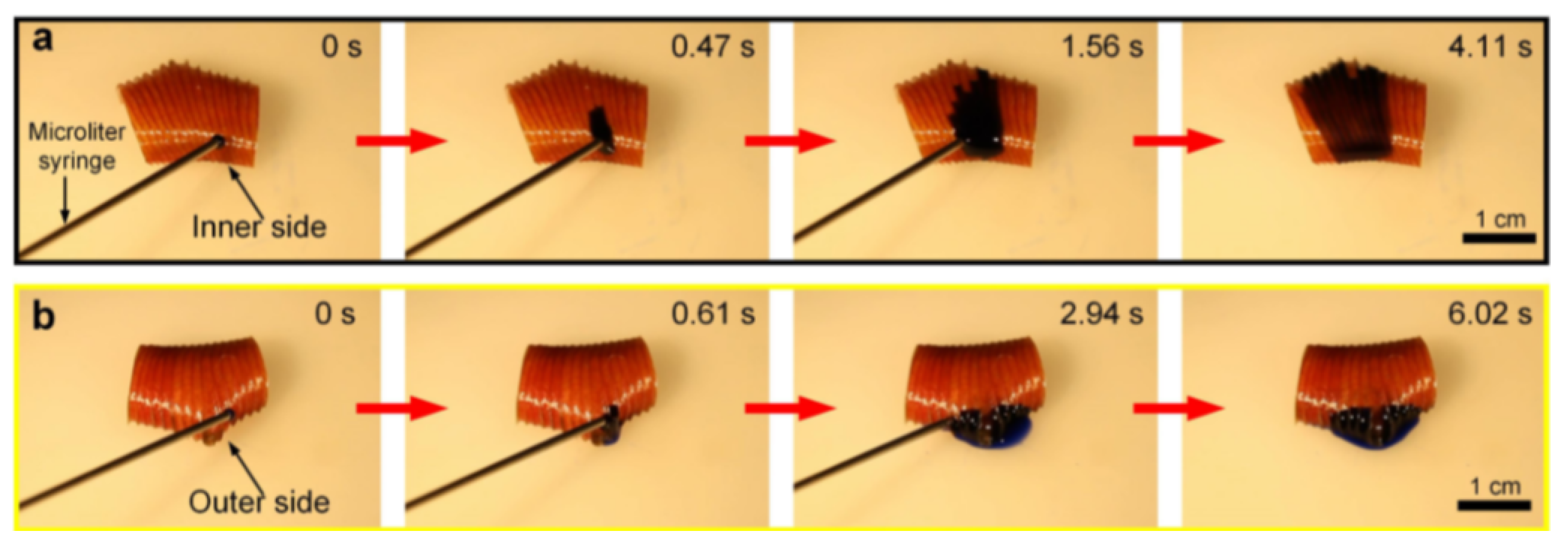
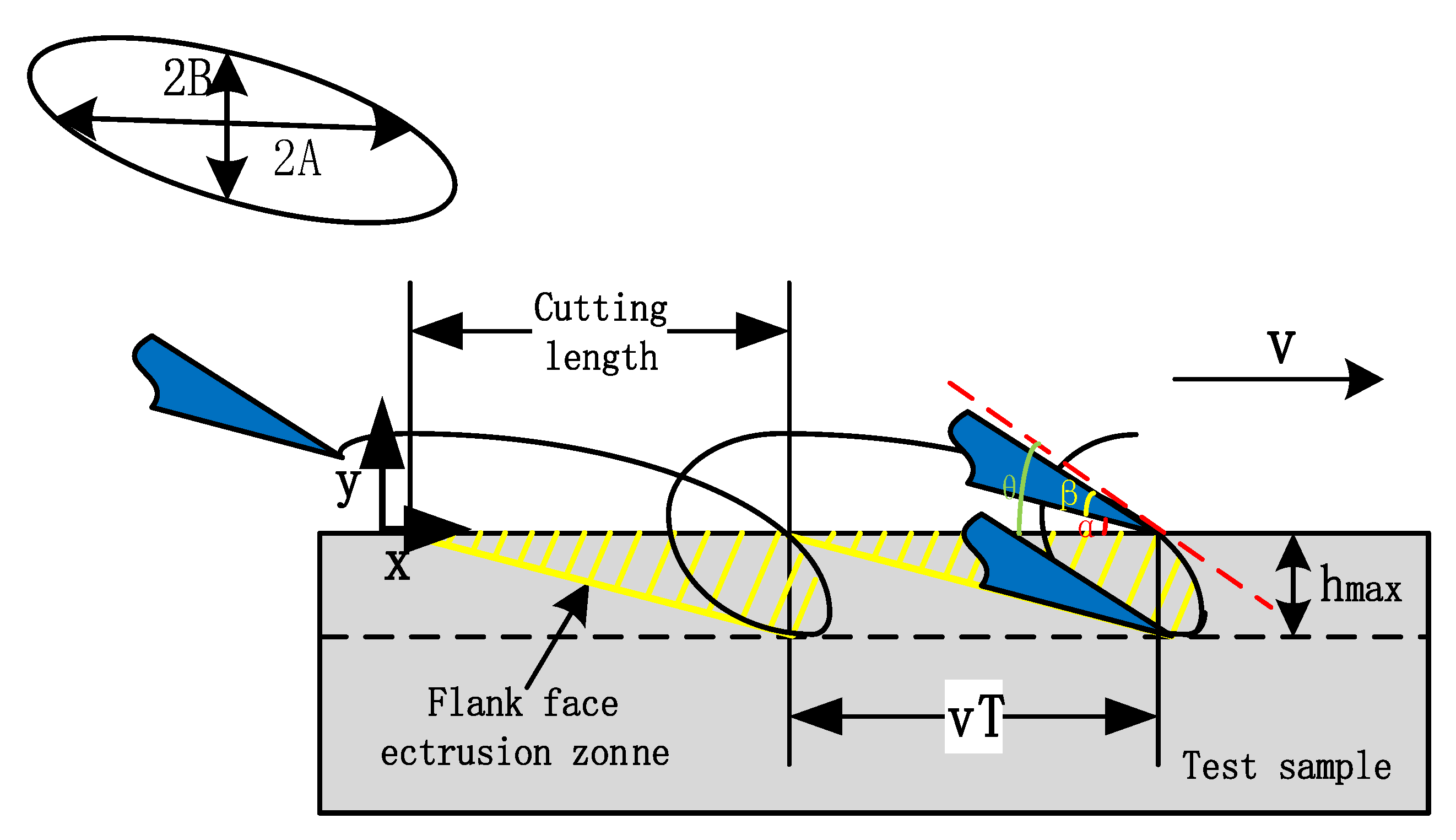
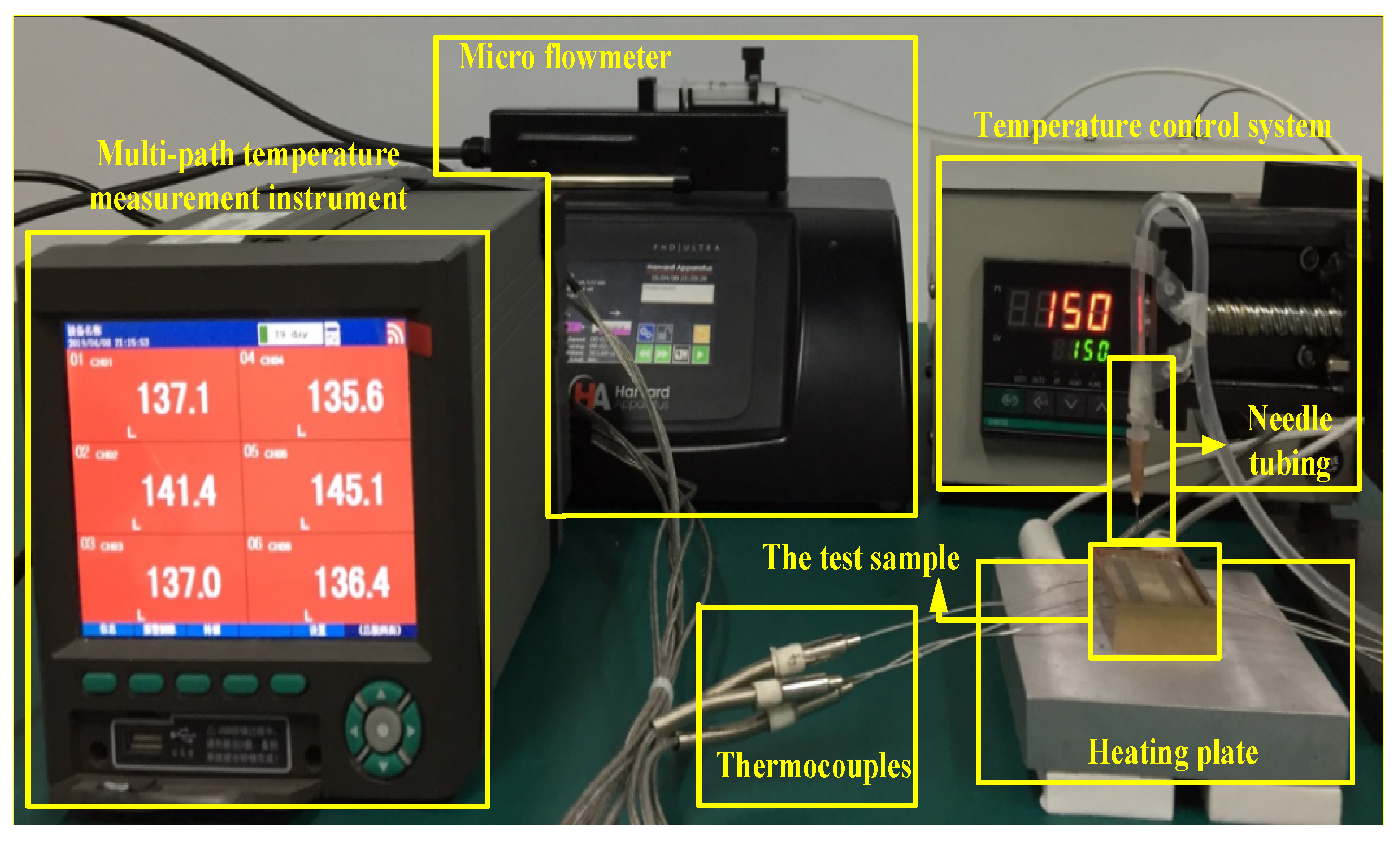
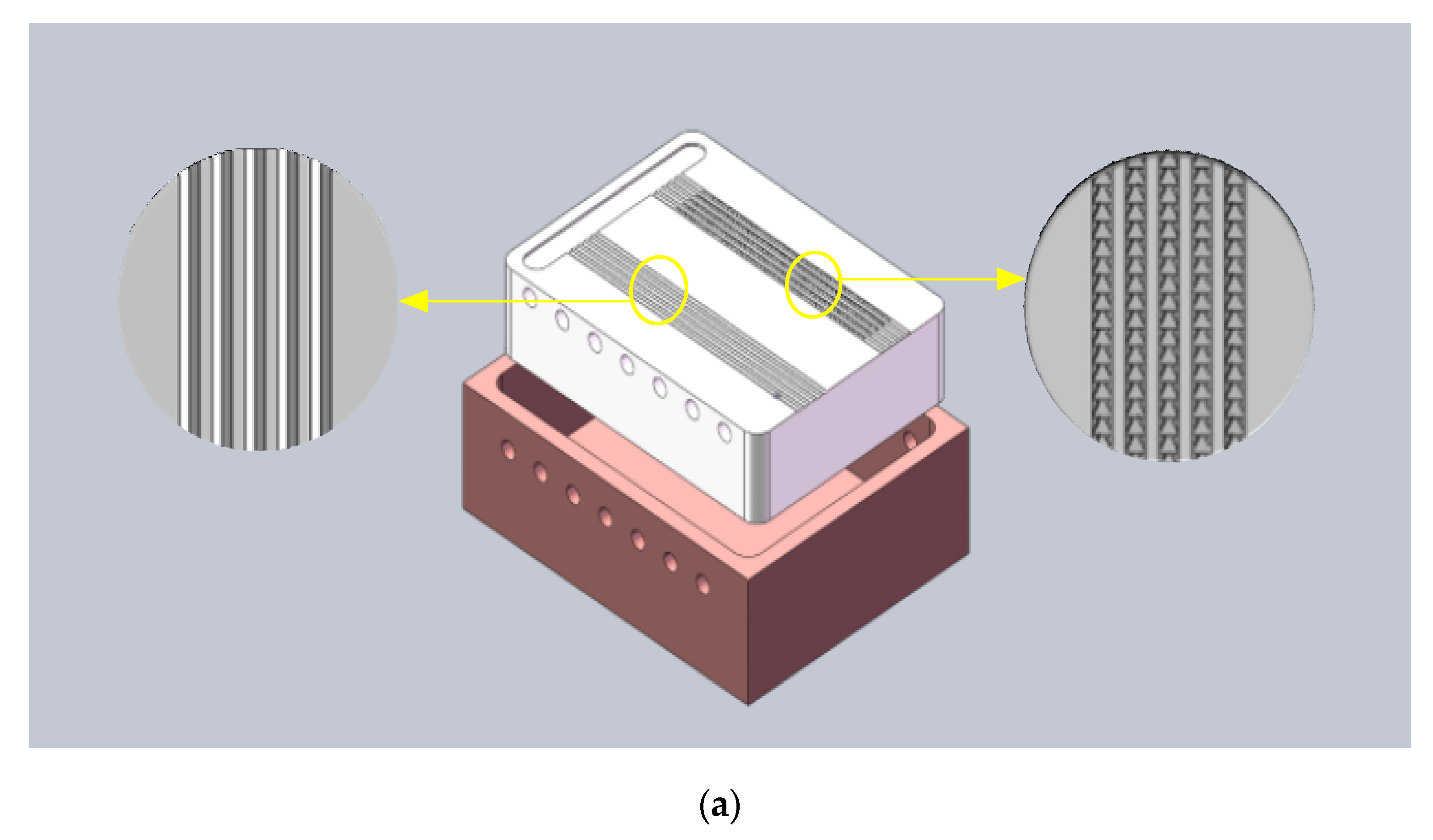
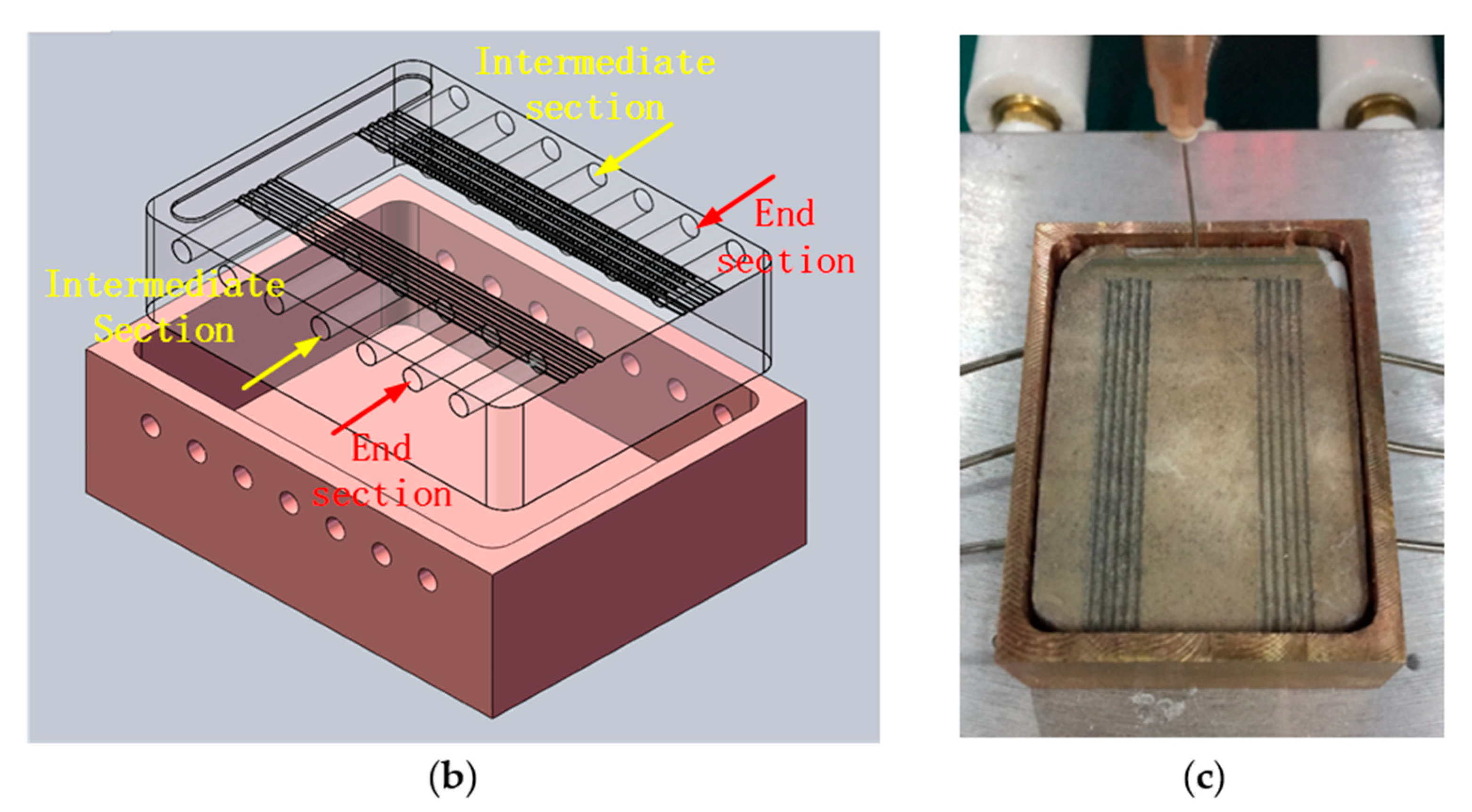
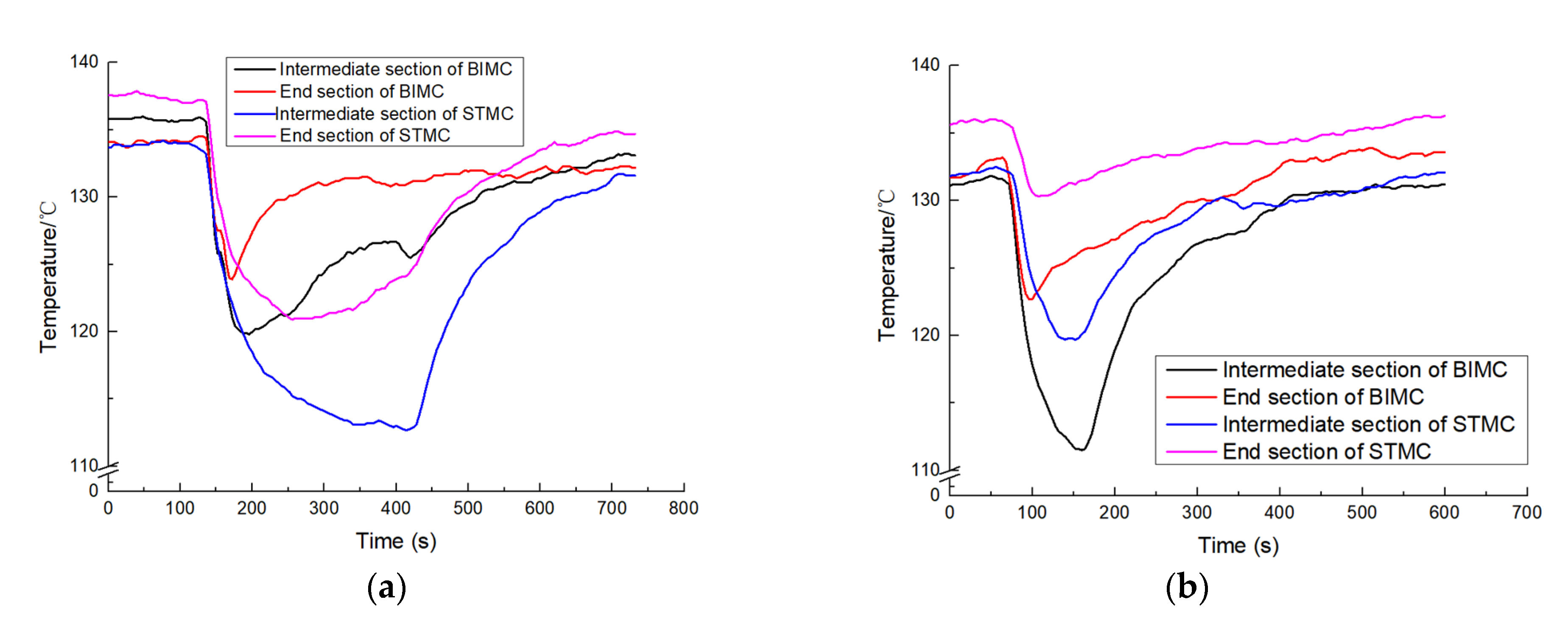
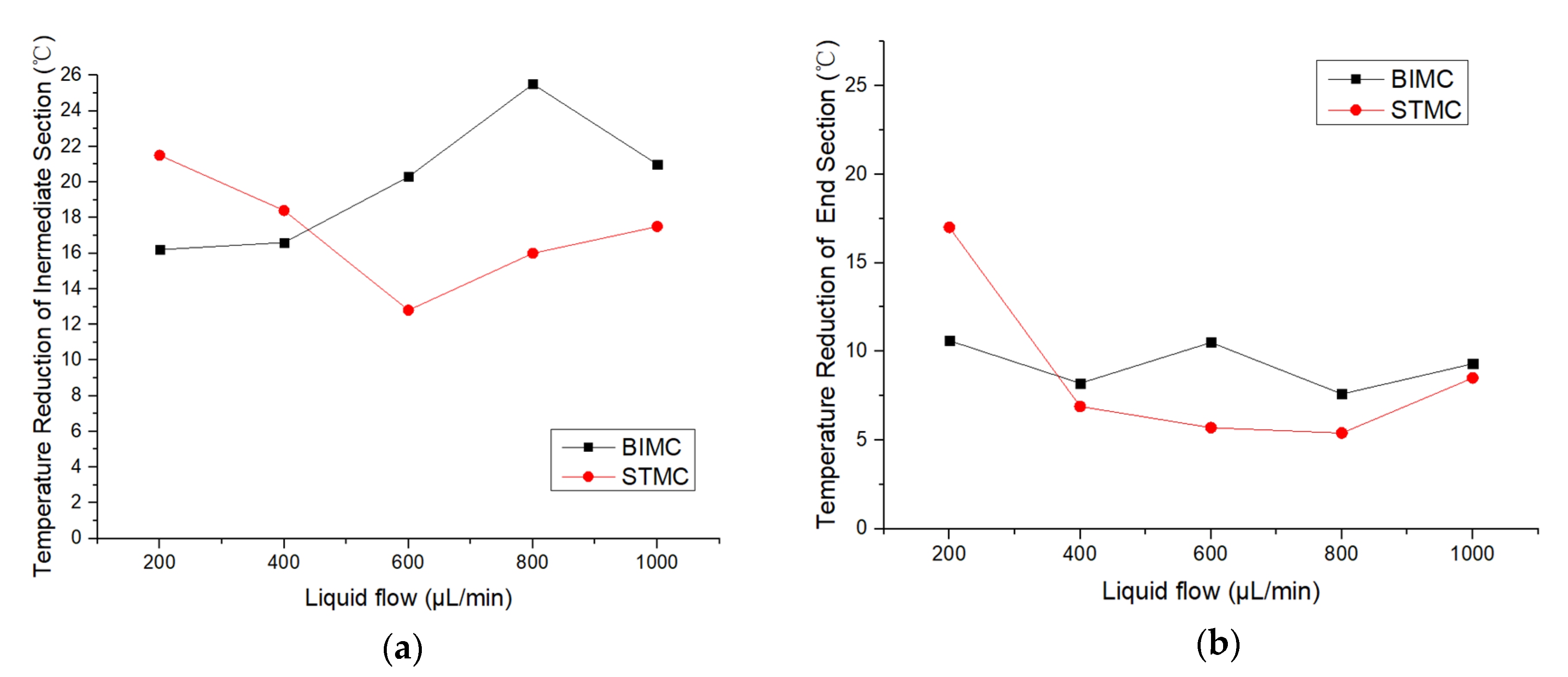

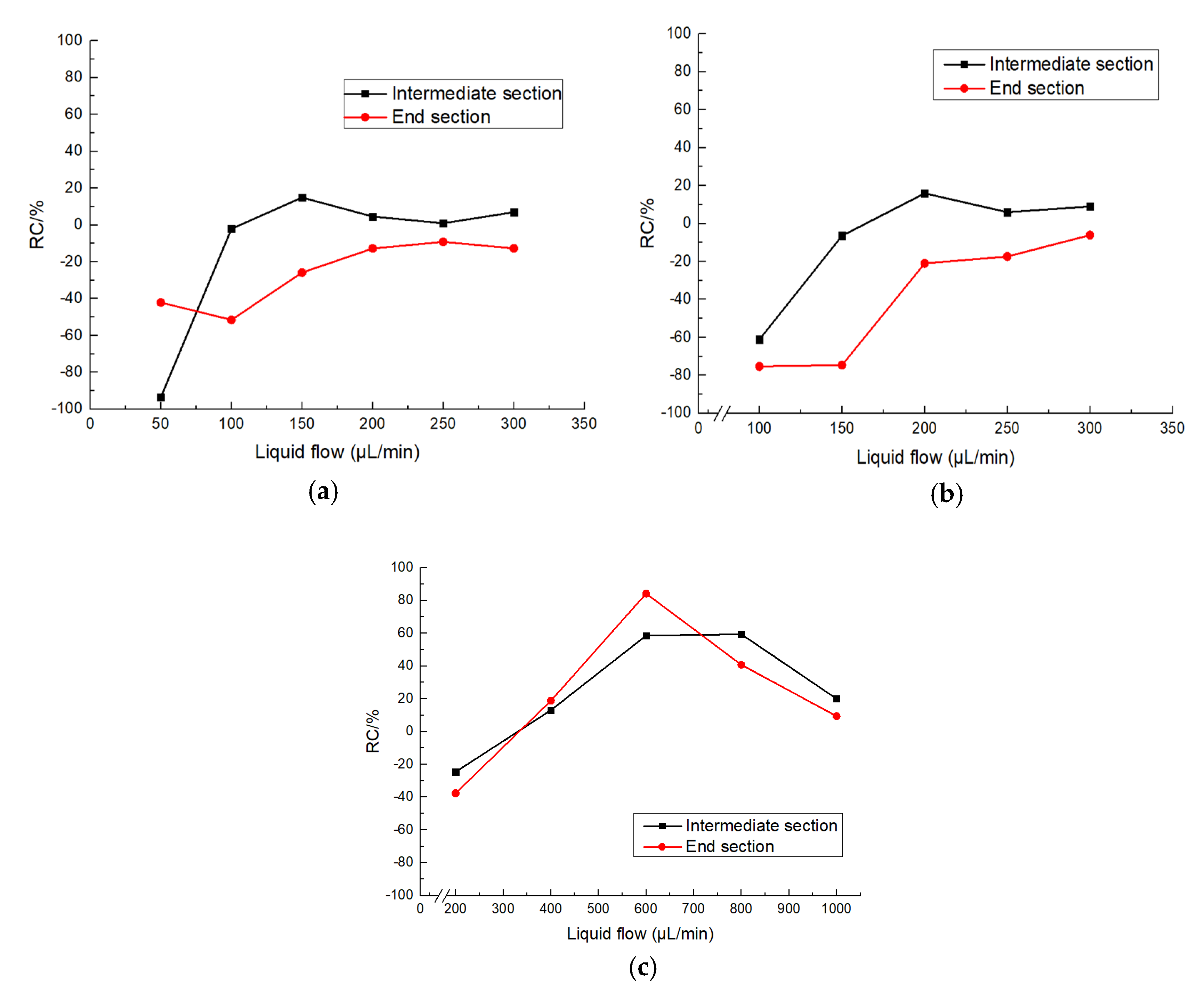
| Measuring Sections | Temperature Measurement Items/°C | Liquid Flow/μL/min | ||||
|---|---|---|---|---|---|---|
| 200 | 400 | 600 | 800 | 1000 | ||
| Intermediate section of BIMC | 136.4 | 136.3 | 131.8 | 133.8 | 132.8 | |
| 116.5 | 115.5 | 111.5 | 108.3 | 111.8 | ||
| 19.9 | 20.8 | 20.3 | 25.5 | 21 | ||
| End section of BIMC | 135 | 134.3 | 133.2 | 134.3 | 133.6 | |
| 122.6 | 109 | 122.7 | 126.7 | 124.3 | ||
| 12.4 | 25.3 | 10.5 | 7.6 | 9.3 | ||
| Intermediate 0 of STMC | 135 | 134.9 | 132.5 | 131.3 | 134.9 | |
| 113.3 | 116.5 | 119.7 | 115.3 | 117.4 | ||
| 21.7 | 18.4 | 12.8 | 16 | 17.5 | ||
| End section of STMC | 137.8 | 137.4 | 136 | 134.9 | 135.4 | |
| 118.5 | 128.7 | 130.3 | 129.5 | 126.9 | ||
| 19.3 | 8.7 | 5.7 | 5.4 | 8.5 | ||
| Measuring Sections | Temperature Measurement Items/°C | Liquid Flow/μL/min | |||||
|---|---|---|---|---|---|---|---|
| 50 | 100 | 150 | 200 | 250 | 300 | ||
| Intermediate section of BIMC | 79.4 | 79.6 | 78.4 | 78.3 | 78.3 | 79.4 | |
| 78.5 | 70.3 | 67.6 | 66.9 | 67.1 | 67.1 | ||
| 0.9 | 9.3 | 10.8 | 11.4 | 11.2 | 12.3 | ||
| End section of BIMC | 79.4 | 79.2 | 78.9 | 78.6 | 78.7 | 79.3 | |
| 78.3 | 76 | 72.6 | 70.5 | 69.8 | 69.2 | ||
| 1.1 | 3.2 | 6.3 | 8.1 | 8.9 | 10.1 | ||
| Intermediate section of STMC | 80.1 | 79.9 | 78.5 | 78.5 | 78.5 | 79.3 | |
| 66.1 | 70.4 | 69.1 | 67.6 | 67.4 | 67.8 | ||
| 14 | 9.5 | 9.4 | 10.9 | 11.1 | 11.5 | ||
| End section of STMC | 78.3 | 78.3 | 76.8 | 76.6 | 76.9 | 77.3 | |
| 76.4 | 71.7 | 68.3 | 67.3 | 67.1 | 65.8 | ||
| 1.9 | 6.6 | 8.5 | 9.3 | 9.8 | 11.5 | ||
| Measuring Sections | Temperature Measurement Items/°C | Liquid Flow/μL/min | ||||
|---|---|---|---|---|---|---|
| 100 | 150 | 200 | 250 | 300 | ||
| Intermediate section of BIMC | 104.5 | 104.3 | 104.5 | 104.4 | 104.6 | |
| 99.8 | 91.2 | 89.2 | 88.5 | 88.9 | ||
| 4.7 | 13.1 | 15.3 | 15.9 | 15.7 | ||
| End section of BIMC | 104.1 | 103.8 | 104.2 | 104.3 | 104.2 | |
| 102.3 | 100.7 | 93 | 94.3 | 93.4 | ||
| 1.8 | 3.1 | 11.2 | 10 | 10.8 | ||
| Intermediate section of STMC | 104.1 | 104.5 | 104 | 104.8 | 104.5 | |
| 102.3 | 90.5 | 90.8 | 89.8 | 90.1 | ||
| 1.8 | 14 | 13.2 | 15 | 14.4 | ||
| End section of STMC | 104.5 | 104.7 | 105 | 102.2 | 101.6 | |
| 97.2 | 92.5 | 90.8 | 90.1 | 90.1 | ||
| 7.3 | 12.2 | 14.2 | 12.1 | 11.5 | ||
© 2019 by the authors. Licensee MDPI, Basel, Switzerland. This article is an open access article distributed under the terms and conditions of the Creative Commons Attribution (CC BY) license (http://creativecommons.org/licenses/by/4.0/).
Share and Cite
Zhang, Y.; Zhang, D.; Wang, D.; Zhang, X. Study on the Heat Reduction Effect of Biomimetic Unidirectional Transporting Channels Inspired by Nepenthes alata. Biomimetics 2019, 4, 70. https://doi.org/10.3390/biomimetics4040070
Zhang Y, Zhang D, Wang D, Zhang X. Study on the Heat Reduction Effect of Biomimetic Unidirectional Transporting Channels Inspired by Nepenthes alata. Biomimetics. 2019; 4(4):70. https://doi.org/10.3390/biomimetics4040070
Chicago/Turabian StyleZhang, Yixuan, Deyuan Zhang, Dongyue Wang, and Xiangyu Zhang. 2019. "Study on the Heat Reduction Effect of Biomimetic Unidirectional Transporting Channels Inspired by Nepenthes alata" Biomimetics 4, no. 4: 70. https://doi.org/10.3390/biomimetics4040070
APA StyleZhang, Y., Zhang, D., Wang, D., & Zhang, X. (2019). Study on the Heat Reduction Effect of Biomimetic Unidirectional Transporting Channels Inspired by Nepenthes alata. Biomimetics, 4(4), 70. https://doi.org/10.3390/biomimetics4040070





